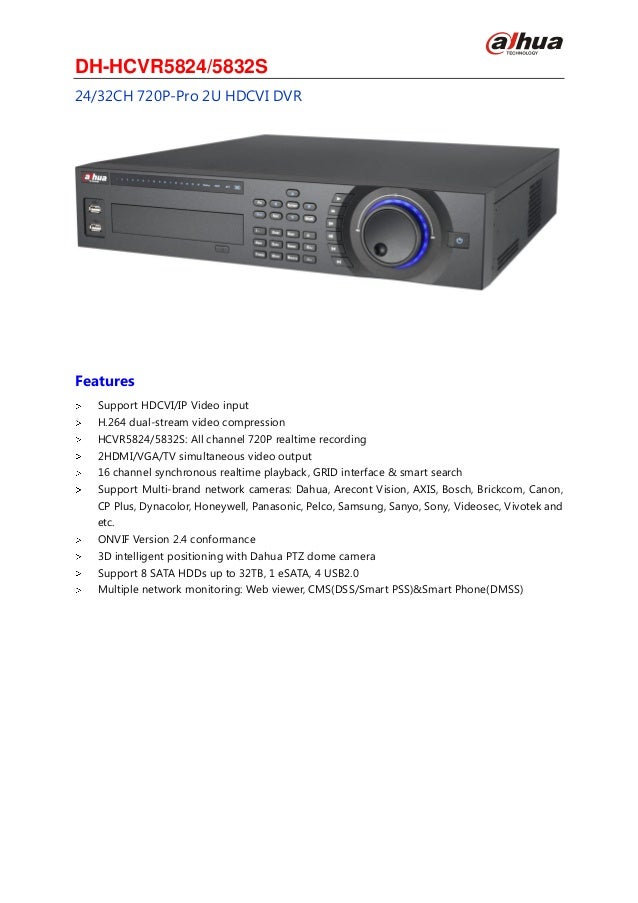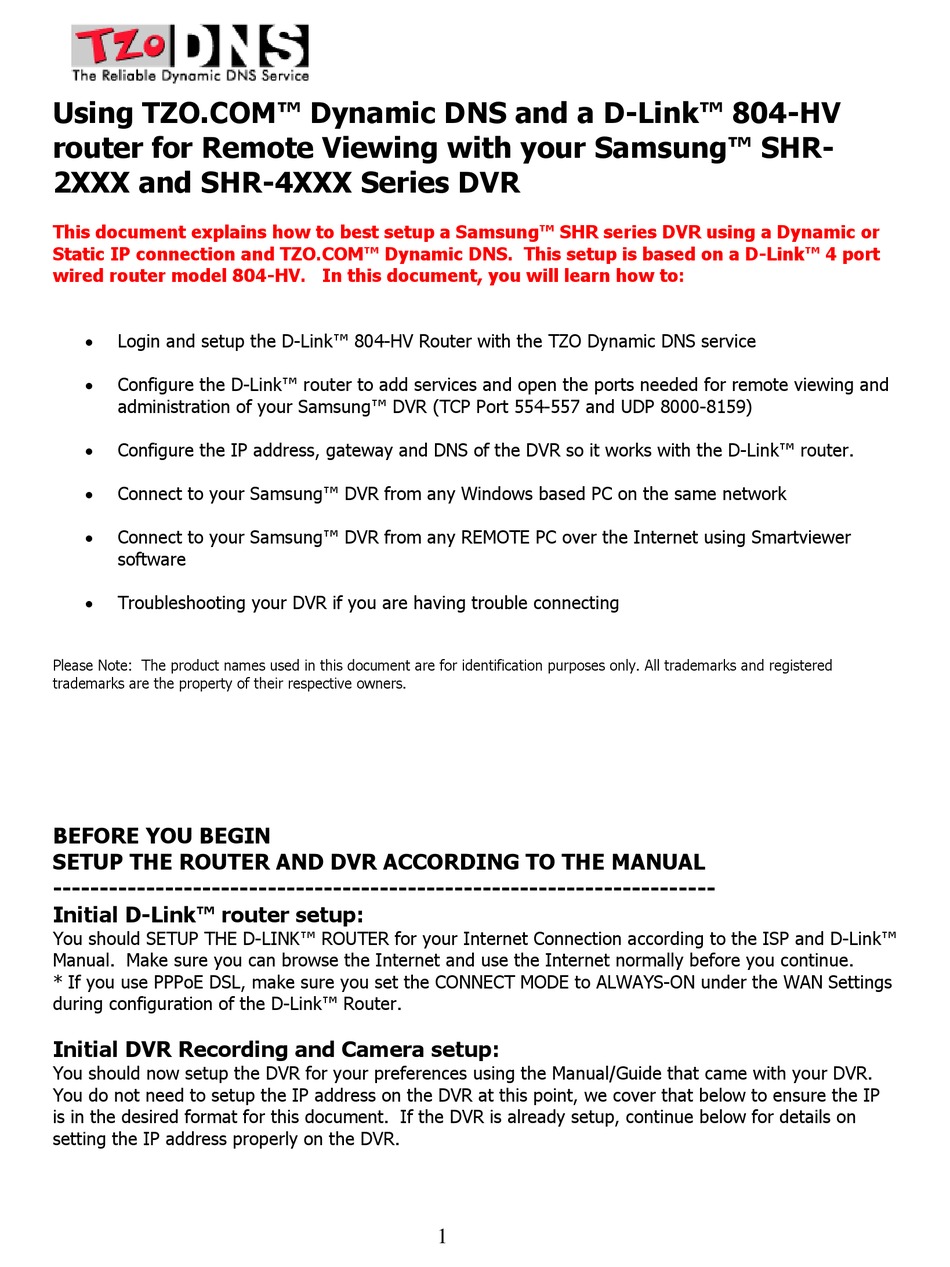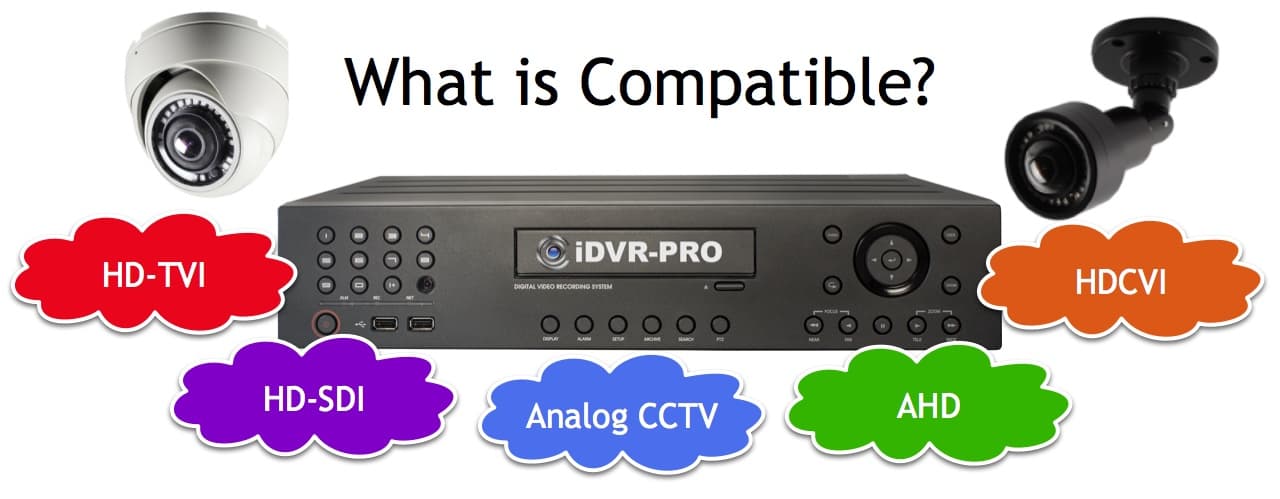

The simplest solution is to contact these companies if you have one, and ask them to fix the problem for you. Hiring third party IT or networking companies to further protect yourself from the dangers of the internet is not a bad idea for anyone, but they strictly regulate what you have access to. The last potential problem is more common for businesses than the average home user. As you know exactly what it is you are accessing through your browser, this should pose no risk on a temporary basis such as this. Sometimes disabling these temporarily will resolve your issue for you. Another more uncommon issue can be overprotective virus software.
#Web viewer for samsung dvr not working software#
You'll need a dedicated software for the removal of either of these.

Your typical virus software is not made for recognizing or removing Adware or Spyware. Adware or Spyware is most frequently the issue here. From this point on, it will pretty much be a guessing game. In the event that you are still experiencing issues, your problems fall into a more complicated category. If you decide to use an alternative computer later, follow the same steps to enable ActiveX and you'll be on your way. This will correct any security issue Internet Explorer is detecting but will not impede your ability to view your cameras as it once would have.Īfter you've completed the steps above, you should no longer encounter any issues accessing the login page and being able to pull up your camera feed. At this time, you can click on the button marked "Fix settings for me" on the pop-up at the bottom of your screen. Once you've added your DVR, close this window and click OK. Make sure to uncheck the box marked "Require server verification" at the bottom of the screen. Click the Sites button and add your DVR's IP address as a trusted site. Once you've reached the point of being able to view your camera feed, re-open the Internet Options window and go back in the Security tab.


#Web viewer for samsung dvr not working password#
Login with the appropriate username and password and you will be redirected to a new screen where you'll be able to begin viewing your cameras. Instead, open a new window and re-enter your DVR's IP address and you should now have a login page being displayed. Fixing the security settings will undo everything that you just did. Do not do anything with this window at this time. This is perfectly normal and it's just Internet Explorer trying to protect you.Īt this time, you will normally see a pop-up appear at the very bottom or very top of your screen prompting you to fix your security settings. If you encounter a pop-up window warning you of your current security settings, just click OK. This will return you to the original pop-up where you'll then click Apply or OK as well. After you've made sure to check the enable box for all options, click OK in this window. They must be checked enable prompt will not work. Some of these options will already be enabled, but you'll need to go through the entire list and enable all of them that aren't. After scrolling down a little bit, you'll find a section labeled ActiveX controls and plug-ins. After you've made it here, click the button marked Custom Level. Using the tabs along the top, select Security. By clicking the small gear icon or Tools tab in the upper right corner of your window, you'll open up a drop down menu where you can select Internet Options. This is done the same way on all versions all the way up to Explorer 10. If you've tried bringing up your cameras in Internet Explorer and have found yourself looking at a blank screen (not an error page), you've connected your DVR properly, you just need to enable the ActiveX plugin. If you want to save yourself some time, stick with Internet Explorer. In order to view your cameras on any computer, you need to initially enable all aspects of the ActiveX plugin and for now, Internet Explorer is the only browser that consistently allows for this in it's entirety. In most cases, you won't be able to use Chrome, Firefox, Safari, or any other privately owned browser such as these. You'll first want to look at what internet browser you're using. Assuming you've connected your DVR/NVR to your network correctly, this is a pretty simple issue to fix. After installing your security camera system, one of the first walls you might find yourself running into is getting your camera feed pulled up on your internet browser.


 0 kommentar(er)
0 kommentar(er)
